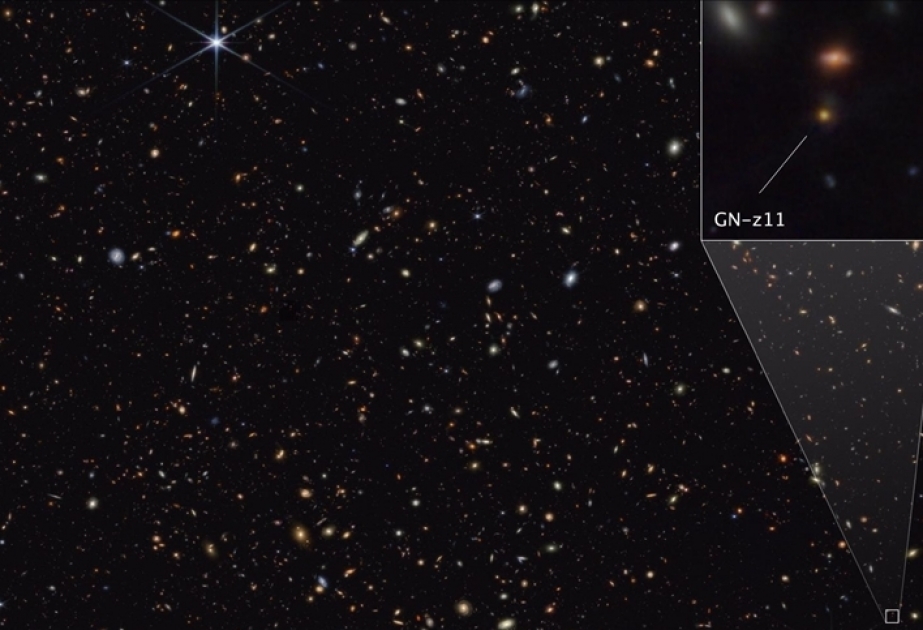
US space agency NASA’s James Webb Telescope took a photo of a star formation in a “dead galaxy,” which is thought to have existed 700 million years after the formation of the 13.8 billion-year-old universe, according to Anadolu Agency.
According to CNN, in their study, researchers noted that examining the galaxy called “JADES-GS-z7-01-QU”, which “lives fast and dies young,” may disclose new information regarding the preliminary stages of the universe and the factors affecting star formation in galaxies.
Unlike the previously observed large dead galaxies, it was ascertained that the “dead galaxy” billions of light years away from Earth was low-mass, such as the “Small Magellanic Cloud” near the Milky Way Galaxy, where new star formations were still observed.
Early universe ‘like a buffet’ for star formation
Tobias Looser, one of the authors of the study and a research assistant at the Kavli Cosmology Institute affiliated with the University of Cambridge, stated that in the first few hundred million years of the universe, many gas clouds collapsed into new stars and formed new stars.
The research was published in the journal Nature.
“Due to the abundance of gas needed for star formation in galaxies, the early periods of the universe were ‘eat as much as you can’ … like an extensive buffet,” he said.
Looser noted that in the early universe, the transition of galaxies from the star formation phase to the dormant or extinct phase could also be rapid.
Webb’s data revealed that the oldest galaxy in question had short, robust bursts of star formation lasting 30 to 90 million years, after which it stopped.
Underlining that it was believed that star formation could have ceased on account of black holes or interactions between stars, Francesco D’Eugenio of the Kavli Cosmology Institute noted that they are not sure “if any of these scenarios can account for what we’re currently seeing in Webb.”
“Until now, we’ve used models predicated on the current universe to comprehend the early universe, but now that we can observe much further back in time and pinpoint that star formation in this galaxy ended very quickly, models based on the current universe may be in need of reconsideration,” he stressed.
